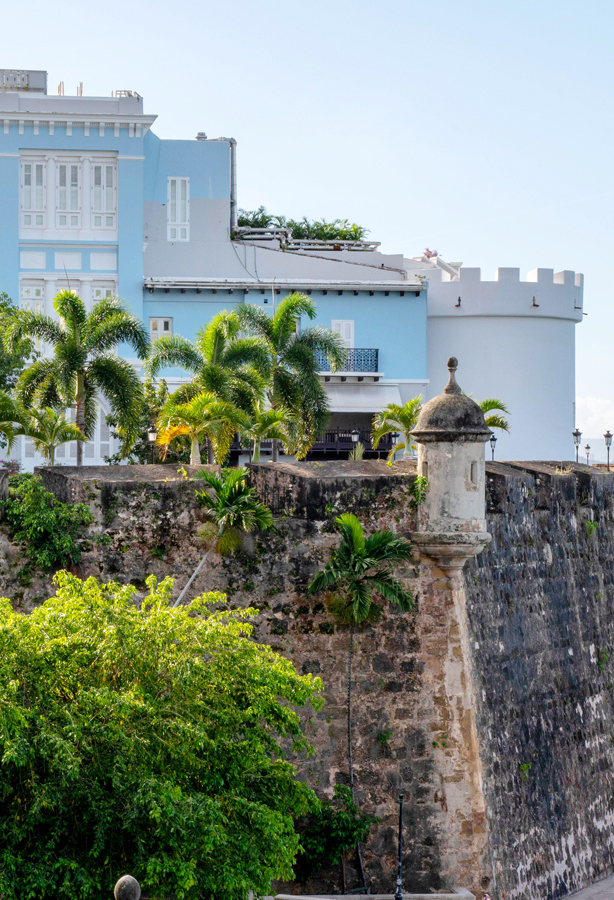The United Nations Educational, Scientific and Cultural Organization (UNESCO) has earmarked more than 1,100 cultural and natural wonders as World Heritage Sites worthy of preservation. You’ve surely heard of landmarks like Stonehenge or Machu Picchu, but what about the lesser-known wonders closer to home? From a prehistoric site in Illinois once home to 20,000 people to the world’s largest non-polar ice field, check out these eight underrated UNESCO World Heritage Sites to visit in the U.S.
Waterton-Glacier International Peace Park – Montana
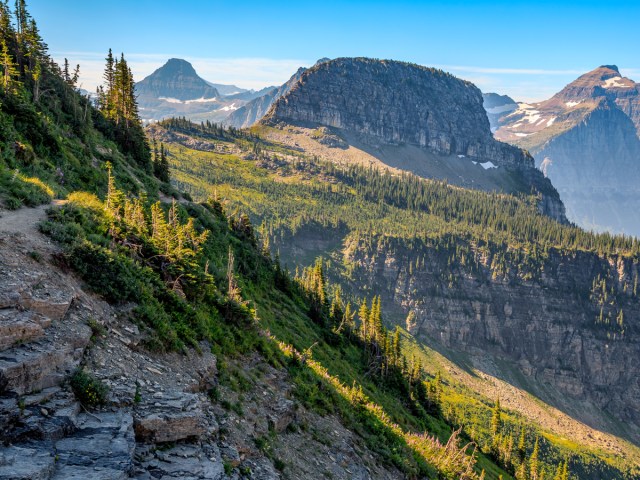
Situated on the border of Montana and Alberta is the world’s first international peace park, commemorating the peaceful relationship between the U.S. and Canada. This UNESCO site — consisting of Alberta’s Waterton Lakes National Park and Montana’s Glacier National Park — was chosen for its ecological significance. In addition to a landscape that includes glaciers, prairie, and alpine forests, the park also features an abundance of distinctive flora and fauna. While most visitors are keen to catch a glimpse of the larger mammals — elk, grizzlies, and bighorn sheep, for example — there is also a rich variety of smaller creatures. Your chances of seeing the tiny pygmy shrew might be slim (it’s the size of a dime), but beavers, turtles, snakes, frogs, and several hundred bird species share this habitat with colorful lichens, ferns, and wildflowers.
Cahokia Mounds – Illinois
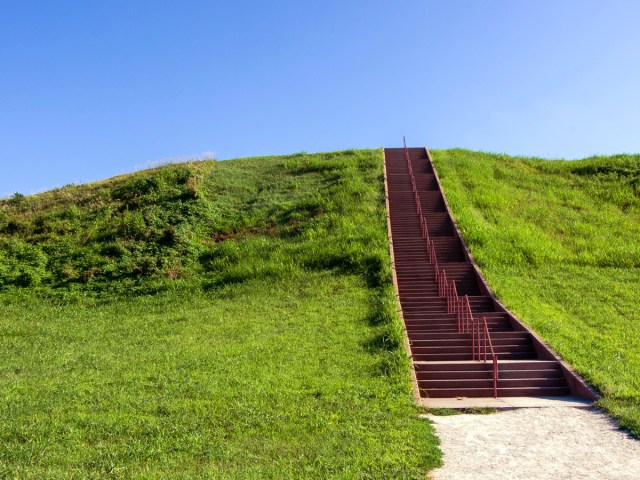
The Cahokia Mounds State Historic Site, located about 13 miles from St. Louis, was once the largest pre-Columbian settlement north of Mexico. At its peak around 1150 CE, the population at the settlement site was about 20,000 people, larger than the city of London at the time. According to UNESCO, it is a “pre-eminent example of the cultural, religious, and economic center of Mississippian culture.” The biggest mound is Monks Mound, which is also the largest prehistoric earthen structure in the Americas. It stands about 100 feet tall and covers nearly 15 acres. The onsite interpretive center offers a look at what life would have been like in the Cahokia Mounds settlement.
Papahānaumokuākea Marine National Monument – Hawaii
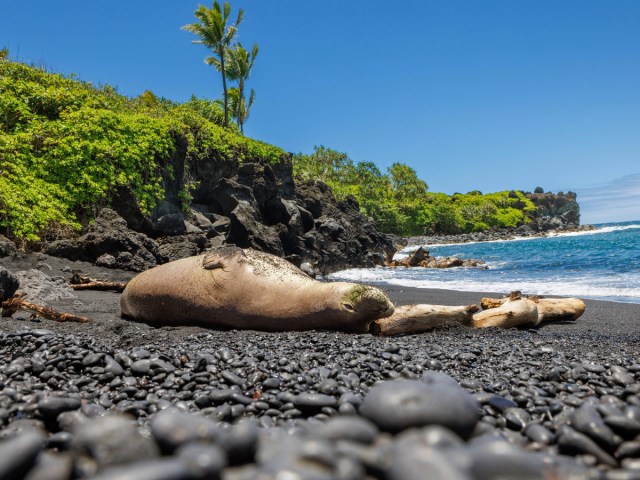
Papahānaumokuākea is the only mixed heritage site in the United States, meaning that UNESCO recognizes it for both cultural and natural purposes. This collection of islands and atolls lies 155 miles northwest of the main Hawaiian islands and covers almost 140,000 square miles of ocean habitat. Papahānaumokuākea is home to one of the deepest coral reefs in the world and has an abundance of endangered wildlife, such as Hawaiian monk seals and black-footed albatrosses. The site is also significant to Hawaiian culture: This is where the Hawaiian people believe that life originated and where spirits return after death. At least two of the islands contain evidence of ancient human settlements.
Chaco Culture Park – New Mexico
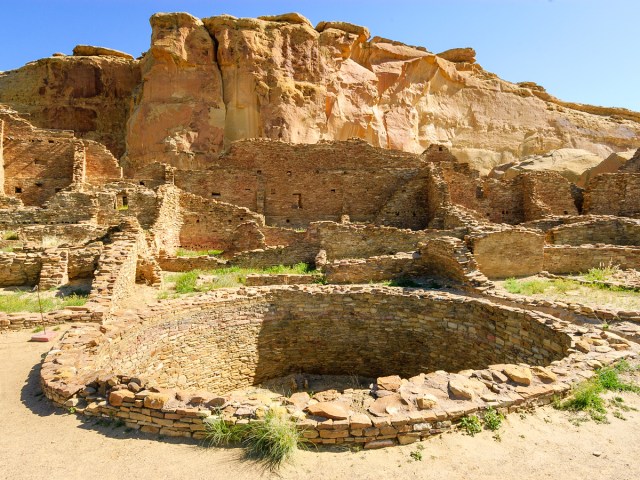
This UNESCO site was a ceremonial and political hub for the Pueblo peoples of the Four Corners, from approximately 850 to 1250 CE. Chaco is of particular note for its distinctive architecture and the complexity of its buildings. That such buildings were constructed in the harsh desert climate is even more impressive. Visitors can still trace their way through the carefully engineered roads, which linked each site. From studying the remains at Chaco, archaeologists have learned much about the advanced social structure of Chaco culture. In 2013, that the Chaco Culture National Historical Park was also designated an International Dark Sky Park, meaning it is an ideal spot to camp out and enjoy a view of the stars undisturbed by urban light pollution.
La Fortaleza and San Juan National Historic Site – Puerto Rico
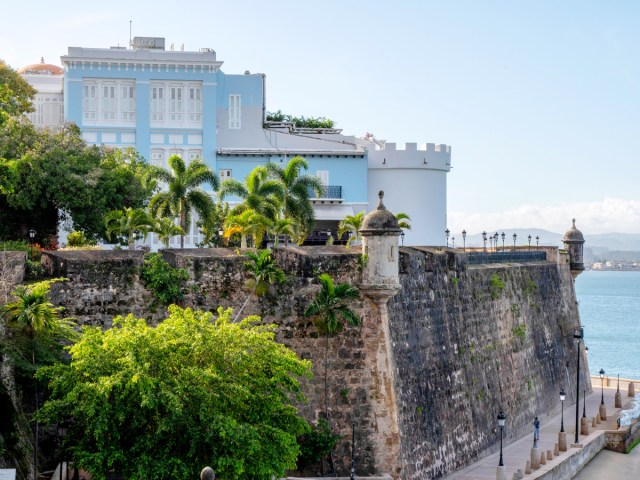
La Fortaleza, now known as Santa Catalina Palace, is the home of the governor of Puerto Rico. It was originally built in 1540 as a fortress to protect the Spanish settlers of the small Caribbean island against raids from the local Indigenous population. Ironically, La Fortaleza was seized twice in its history, by the English in 1598, and by the Dutch in 1625. Through the centuries, additional fortified structures were added, and in 1983, UNESCO chose to recognize the site for its fantastic display of European military architecture, which has been adapted to its island location. A number of different styles — Renaissance, Baroque, and Enlightenment — all chart the history of the nations that sought and ultimately failed to control Puerto Rico.
Monumental Earthworks of Poverty Point – Louisiana
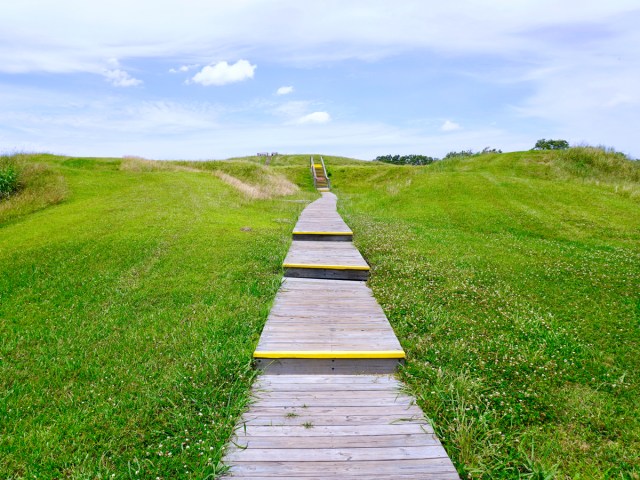
The name Poverty Point may come from a nearby 19th-century plantation, but the impressive series of monumental mounds in Louisiana date much further back. The five giant mounds and series of semi-elliptical ridges were constructed between 1700 and 1100 BCE. Archaeologists believe that the hunter-gatherer peoples used this area as a settlement but also as a ceremonial center. At one time, it was part of a vast trade network that expanded for hundreds of miles. Whereas many such sites have been redeveloped or heavily excavated, less than 1% of the land at Poverty Point has been disturbed, allowing visitors to appreciate its size and the work that went into building it.
Wrangell-St. Elias and Glacier Bay – Alaska
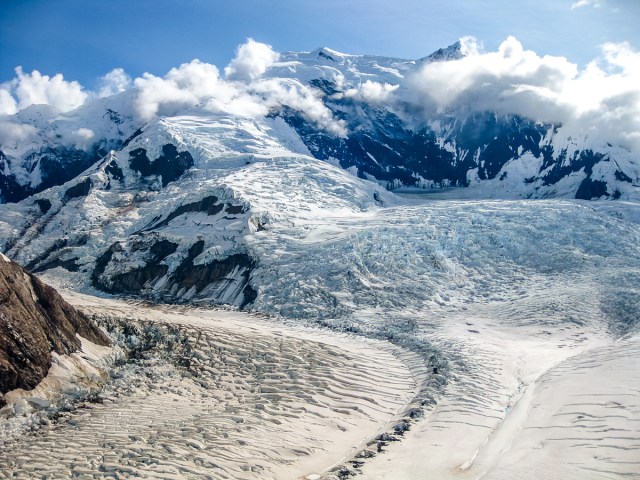
Alaska’s Wrangell-St. Elias and Glacier Bay National Parks combine with Canada’s Kluane National Park and Tatshenshini-Alsek Provincial Park to form a single UNESCO World Heritage Site, covering almost 38,000 square miles. The largest non-polar ice field in the world lies within the site’s borders, as do vast expanses of untouched forest, rugged mountains, and glaciers. Unsurprisingly, this wild land is a habitat for a variety of animal life, including caribou, grizzlies, mountain goats, and polar bears. Along the coast, visitors might spy humpback whales, porpoises, otters, and seals. Park management at both Glacier Bay and Wrangell-St. Elias work in partnership with local tribal management to protect both the natural and cultural heritage of the land and its people.
Hawaii Volcanoes National Park – Hawaii

Hawaii’s second UNESCO World Heritage Site contains two of the world’s most active volcanoes, Mauna Loa and Kilauea. Their level of activity has created an ever-changing landscape that also acts as a haven for rare birds, which has led to the park’s International Biosphere Reserve designation. Access to the park changes according to the local volcanic activity, but during an eruption, visitors often flock to lookout points where they can see fiery magma colliding with the ocean water from a safe distance. Visiting the park during quieter times affords more opportunities for hiking and driving the backtrails, and to see the spectacular geological formations created by millennia of activity.
More from our network
Daily Passport is part of Inbox Studio, which publishes content that uplifts, informs, and inspires.






